
"Powered by the best blood lines."

"Powered by the best blood lines."
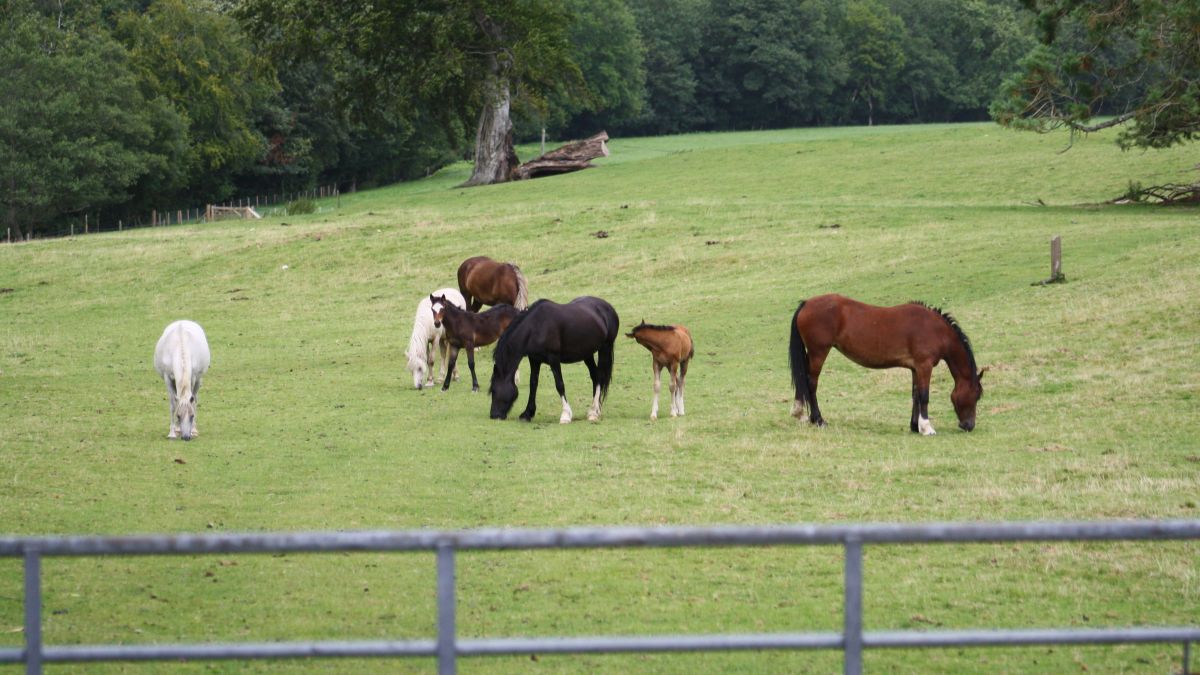
"Powered by the best blood lines."
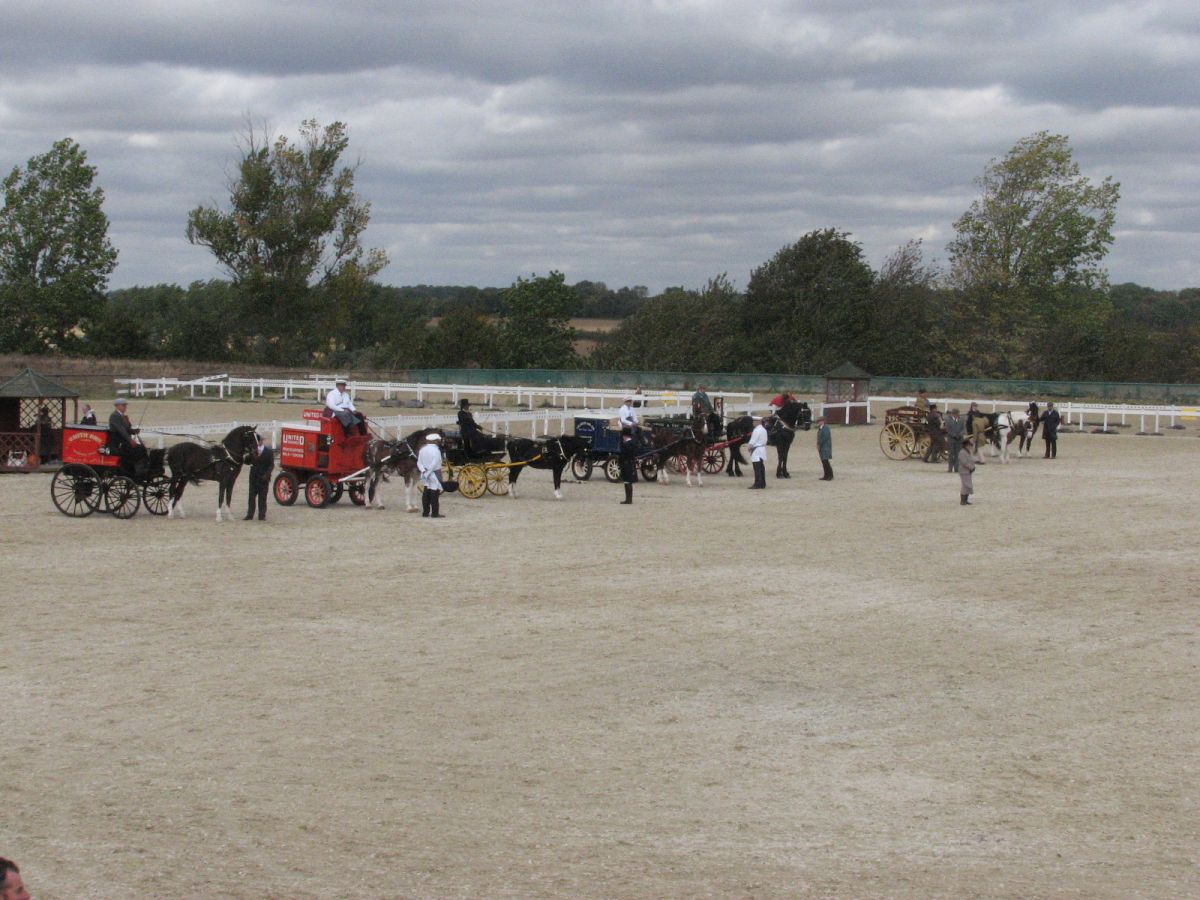
"Powered by the best blood lines."

"Powered by the best blood lines."
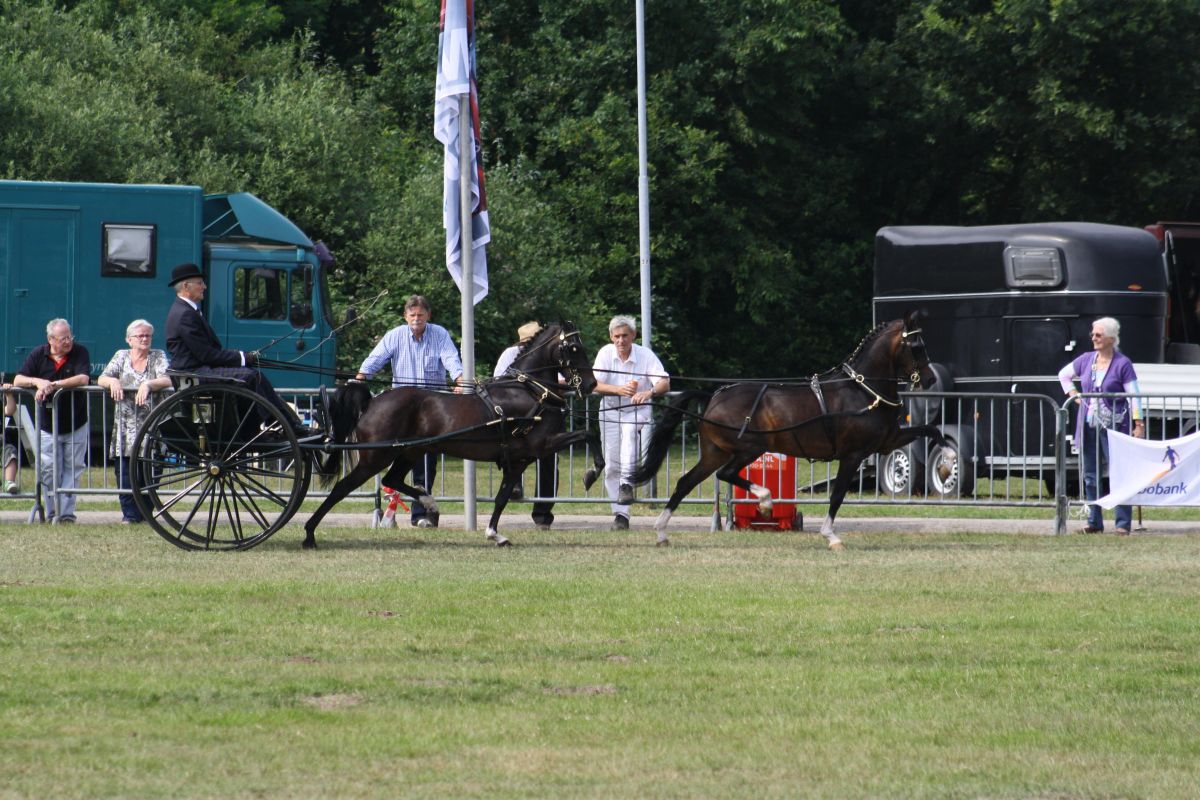
"Powered by the best blood lines."

"Powered by the best blood lines."

"Powered by the best blood lines."
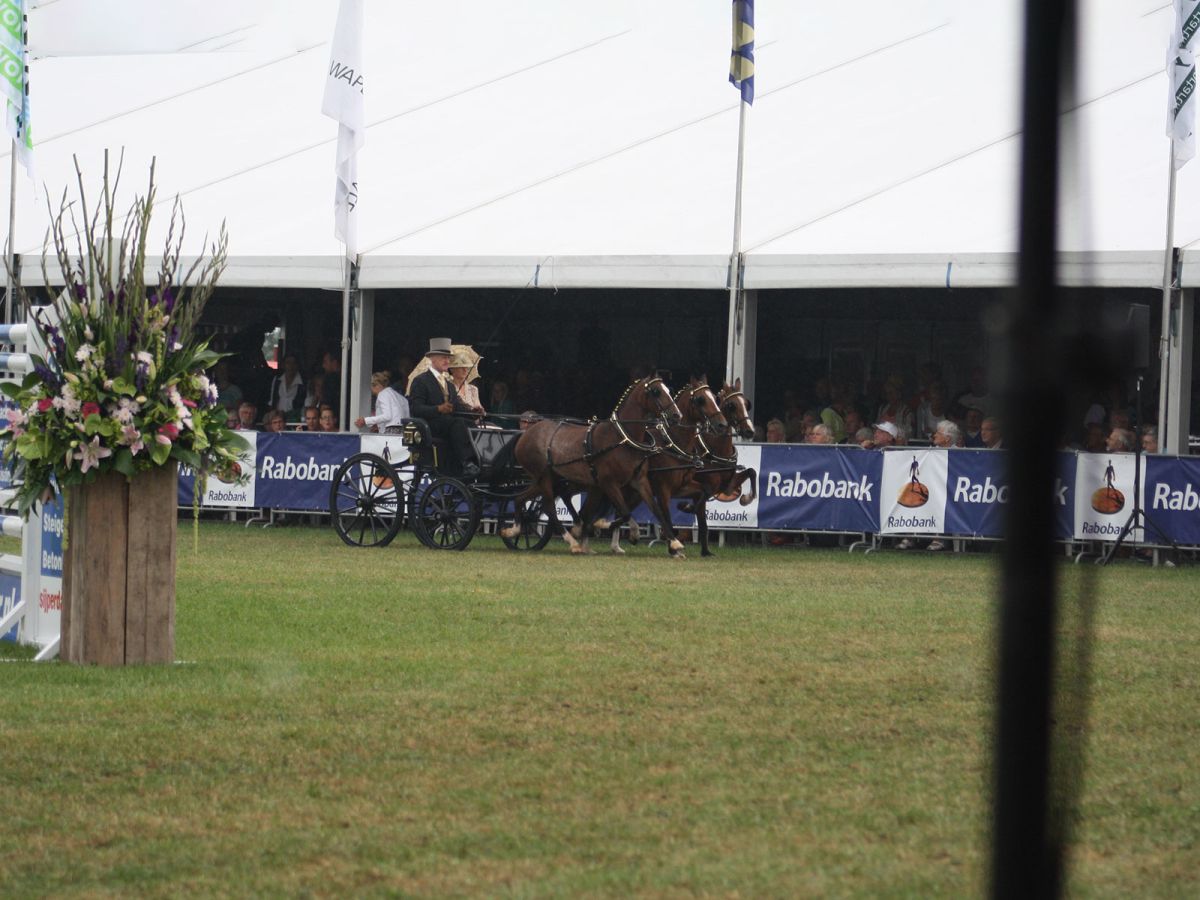
"Powered by the best blood lines."
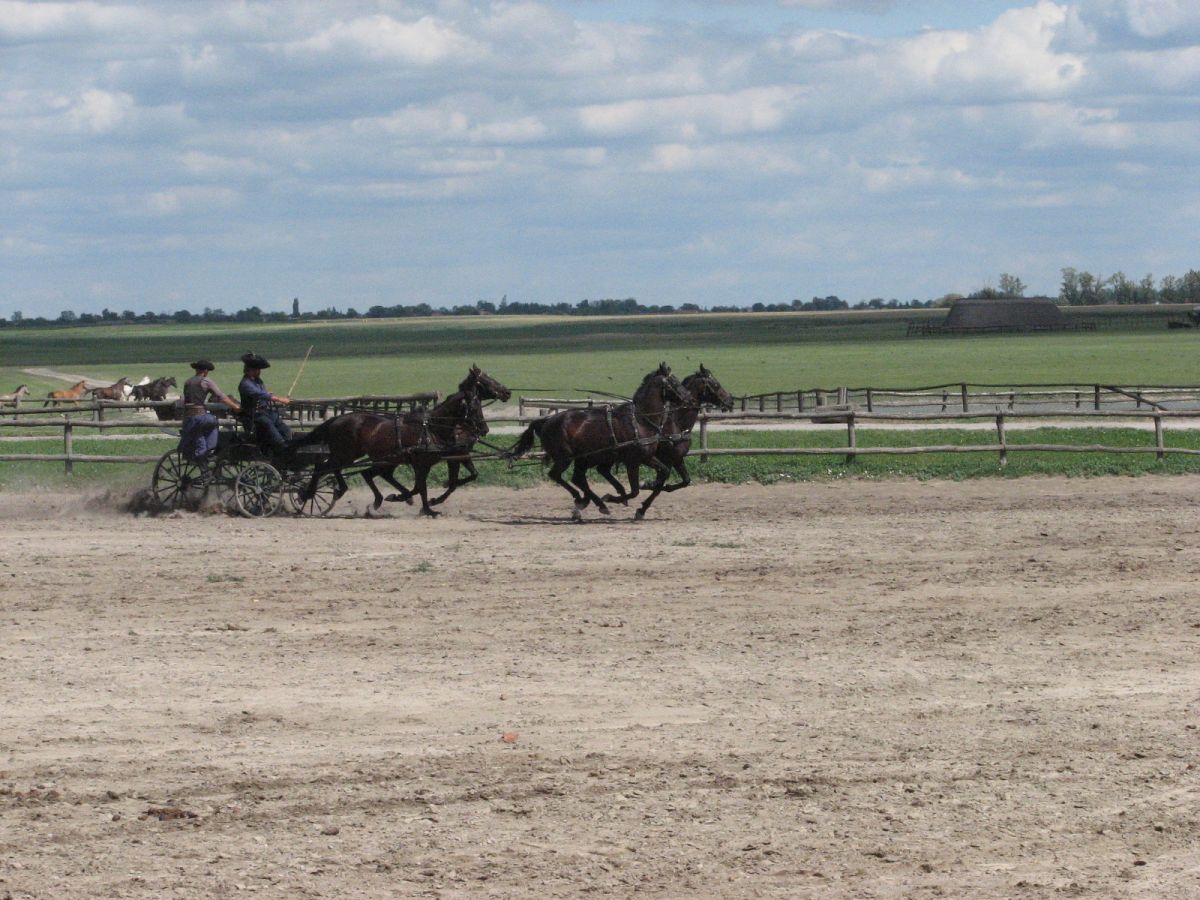
"Powered by the best blood lines."
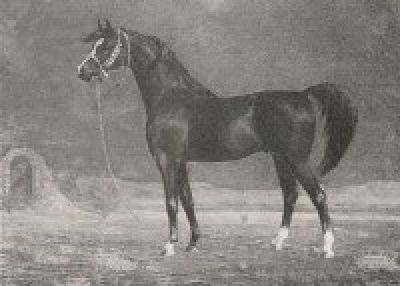
Long before a Hackney studbook was founded, Hackney's were already bred. The vast majority of sire lines in the Hackney breeding perform back to the famous Arabian stallion Darley Arabian (on the right), born in Aleppo (Syria) in 1700 and deceased in England in 1730. This stallion had a great influence on the Throughbred breeding, and with that on the Hackney breeding in England.
In the 19th century the Hackney breed gave definite shape and in 1883 and stabbing some Hackney enthusiasts laid their heads together and founded the Hackney Horse Society and from that moment the Hackney breeding is recorded in a studbook. This studbook first registered stallions (in the first year 984 units) and from the 2nd year mares. Late 19th century there were in this studbook registered 6.000 stallions and 10.500 mares. Meanwhile, the numbers increased to approximately 18.500 stallions and 32.000 mares.
The Hackney Horse Society is the mother studbook for Hackney's. With the export of Hackney's from England to various countries 'all over the world' Hackney studbooks were established in: USA (1891), Canada (1892), Argentina (1907), South Africa (1908), Australia ( 1931), The Netherlands (1946) and New Zealand (1976).
The most relevant Hackney studbooks for breeding in the Netherlands are the mother studbook, the Hackney Horse Society (HHS), the Dutch Hackney Studbook (NHS) and the American Hackney Horse Society (AHHS).
Hackney Stud "De Heemhoeve" registers its animals in the mother studbook, the HHS, because in terms of registration and pedigree these animals will be automatically full accepted by the other Hackney Studbooks.

The first Hackney Studbook in the world, the Hackney Horse Society (HHS) was founded in England in 1883. Prevously Hackney’s werd bred en kept in England. In the early 1700’s Hackney breeders started to cross the native Hackney with Thoroughbreds and with that with the bloodlines of imported Arabian stallions. This cross added some refinement to the Hackney breed but took nothing away from the inherent qualities of the original horses.
Until the 2nd half of the 19th century the Hackney breeding was focused on Hackney Horses. At that time there were small horses of large sizes, but no Hackney Ponies as we have now. In the 2nd half of the 19th Century mr Wilson of Westmoreland gave the development of Hackney Ponies a major boost by using the pony stallion Sir George, with a height of under 14 hh, the movements of a Hackney and with characteristic pony properties (influence of Fell and Welsh).
Initially, the animals in the H.H.S. were registered in two registers: purebred Hackney's (now Section A) with confirmed lineage tracing to foundation stock. And part-breds (now section B), whose sire or dam must be registered in a recognised Hackney studbook. In 2007 Section C is added for (purebred) Hackneys from other recognized studbooks with un-confirmed lineage unable to trace to foundation stock (section A).
Predcondition for registration in Section A and C is that the DNA profile has been ascertained.
Participation to studbook activities is within the HHS only open for Hackneys registered in section A of the studbook
Under EC-rules the following Hackney studbooks are recognised with the Hackney Horse Society: the Dutch Hackney Studbook as daughter studbook and the following studbooks as 3rd Countries: United States of America, Canada, South Africa and Argentina.

On February 2nd, 1946, the Dutch Hackney Studbook (NHS) was founded as a daughter studbook of the Hackney Horse Society (HHS), the mother studbook for Hackneys.
Around 1900 the first Hackneys were imported from England into the Netherlands. When motorized traffic was introduced after the first world war, the interest in the (luxury) carriage horses declined and therefore also the interest in the Hackney. After World War II the interest in carriage driving increased again, but now as a sport. A flourishing breeding developed and the NHS was founded.
As daughter studbook the NHS is obliged to follow the way of registration of the mother studbook, the HHS. This means that the NHS has to have a section layout in accordance with the H.H.S. and the DNA profile must be checked prior to registration in the studbook. The rules and conditions for registration of Hackneys, which are bred outside the UK are equal to those raised for Hackneys in England. Every Hackney has to trace back on both side’s (sire’s and dam’s side) in all lines to bloodlines in the mother studbook (HHS).
In both England and in The Netherlands some mares were registered under strict conditions in the Hackney Studbook as so called Substituted Registrations (SR numbers. In Dutch H numbers). However, the Dutch Hackney Studbook has not agreed with the mother studbook (HHS) the registration of the so-called H numbers in their studbook.
Nowadays Dutch Hackneys are frequently transported to England; this causes problems with recognition of some Dutch bloodlines in England. Hackneys with an H number in their origin will not trace back in all bloodlines in their pedigree to bloodlines in the mother studbook. Therefor they will be regarded as section C animals by the mother studbook. In England these Hackneys are generally not wanted for breeding.
Due to differences in policy and communication about C-section animals between mother and daughter studbook, the Dutch breeders are forced to be attentive on this important aspect.

The first Hackney pony imported to America was 239 Stella, brought to Philadelphia by Mr. A.J. Cassatt in 1878. In 1891, Mr. Cassatt and other Hackney enthusiasts founded the American Hackney Horse Society (AHHS), an organization and registry which thrives today.
The headquarters of the American Hackney Horse Society is located in the Kentucky Horse Park, Lexington, Kentucky. It exists to maintain a current registry of the Hackney; to compile and publish a studbook of the Hackney horse and Hackney pony; and to ensure the proper transfer of the certificate of registration. It endeavors to promote the breeding of quality Hackney horses and Hackney ponies; to create interest in the breed; and encourages exhibitors to support horse shows by showing their Hackneys in classes offered. The Society offers several programs for exhibitors to participate in which encompasses all ages.
Anno 2016 the AHHS is the most flourishing Hackney studbook in the world, both in terms of breeding and horse driving/showing. And for most of the classes thousands of dollars in prize money is available to top finishers.
However in the AHHS pedigree registry of the animals are incorporated, which are not fully traceable to his bloodlines in the Basic Book, neither to bloodlines in the mother studbook. Therefore these animals are not accepted for registration in section A by the mother studbook, the HHS, not accepted for registration in section A.
In America in particular Hackney ponies (standing under 14.2 hands, or 58 inches at their withers) are kept and shown in five main divisions: the Roadster pony (a very popular and speedy Hackney, measures below 13 hands and shows at three separate trotting speeds: the jog, the road gait, and at speed), the Cob Tail pony (this dynamic high stepper must stand 14.2 hands and under at the withers. These ponies must be shown with the appearance of a shortened tail and with a braided mane), the Harness Pony also called the Long Tail (this dynamic high-stepper stands 12.2 hands or under at the withers. It must be shown with a long mane and an undocked tail, the Pleasure Pony (14.2 hands or under, and is well mannered and a pleasure to drive. These ponies are shown with unbraided manes and tails to an appropriate pleasure vehicle and in Hand classes (these classes are primarily for weanlings, yearlings and two-year-olds).


